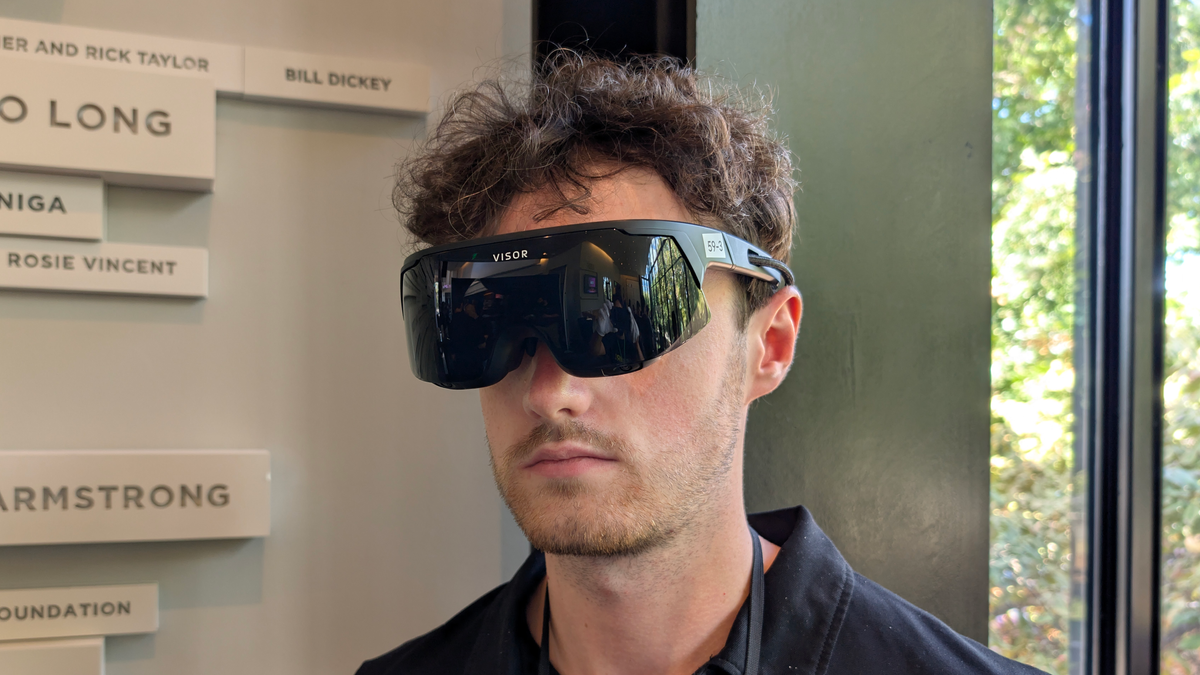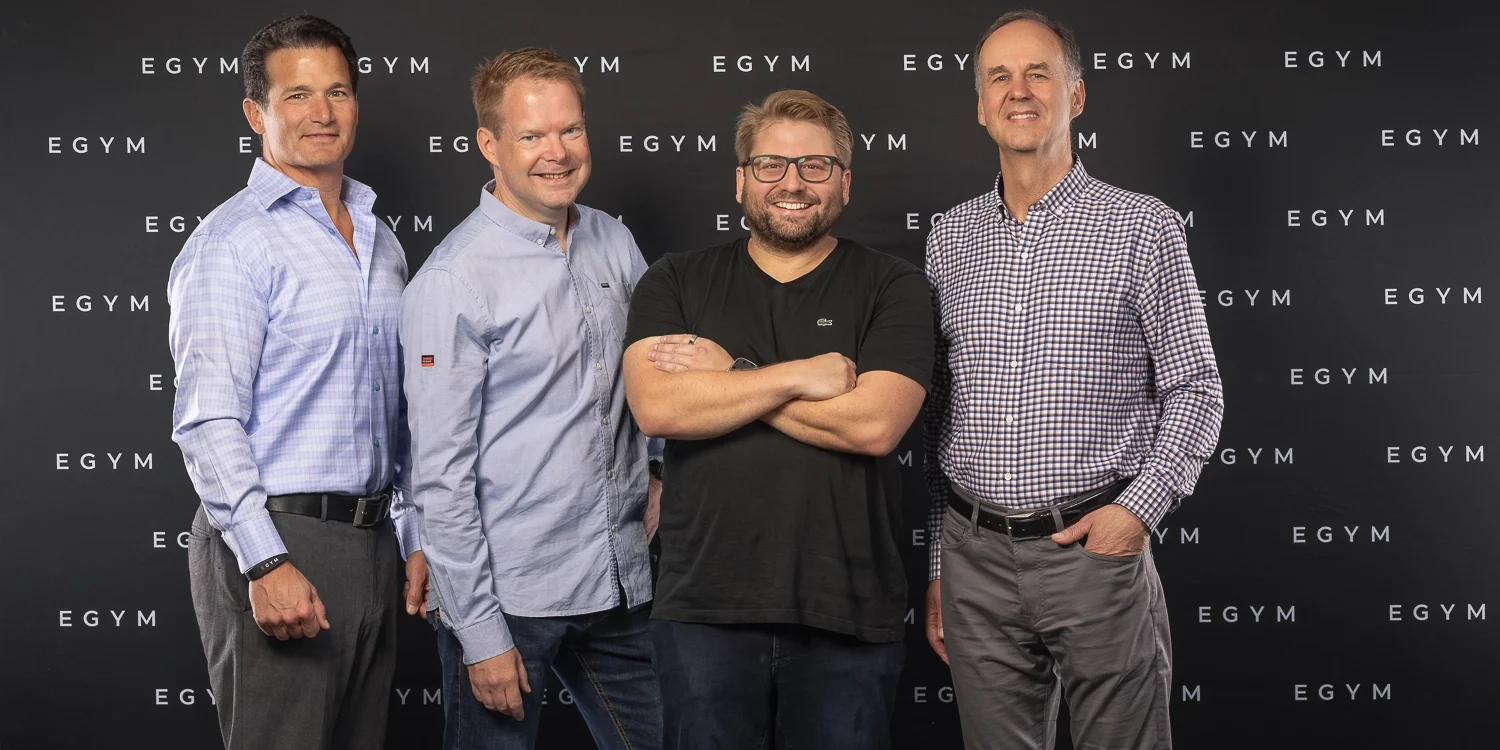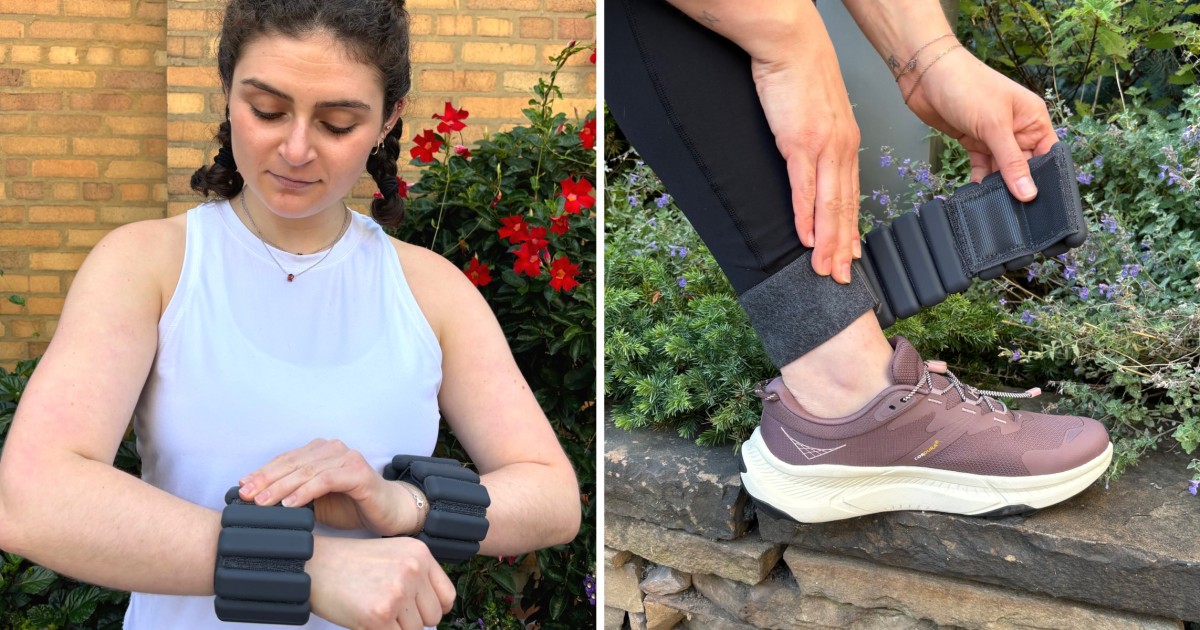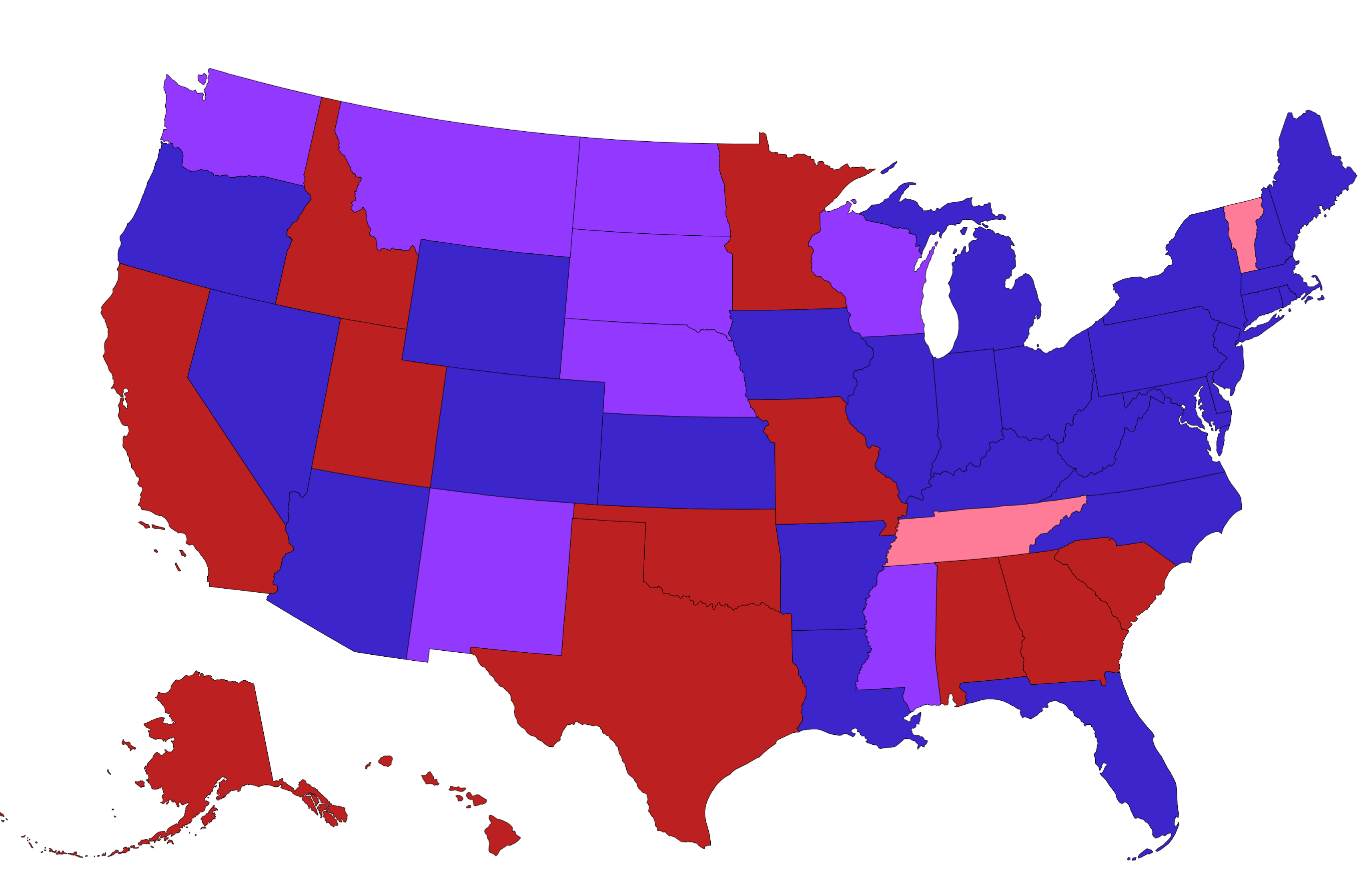Tech
Hands-On: Immersed Demos Barely Functional Visor Headset

Immersed claims Visor is the future of remote work. Critics claim it’s a scam. Today I attended the first demo event in search of the truth.
Immersed covered the cost of my flights from the UK to its event in Texas, which made it possible for me to attend. If you’ve read my work before you’ll know that won’t have any effect on my impressions, but I think it’s important to disclose nonetheless.
Who Is Immersed? What Is Visor?
Since 2020 Immersed has offered a free app now available on Meta Quest, Apple Vision Pro, Vive Focus, and Pico that shows your PC monitor in VR and lets you spawn entirely virtual extra monitors, for up to 5 monitors in total if you pay. The Immersed app supports Windows, Mac, and Linux.
Visor is a new headset fully designed around this use case, a lightweight streamlined device rather than a generalized headset for gaming. Like Apple Vision Pro, it has a tethered battery and is primarily intended to be used seated.
Immersed says Visor features the XR2+ Gen 2 chipset, 4K micro-OLED displays, color passthrough, as well as eye tracking and hand tracking for a Vision Pro style gaze-and-pinch input system.
As the time of the first demo slot approached, which I was set to be part of, none of the event staff seemed to know what was going on. The demo area was guarded by security and partially, but not fully, occluded by a black curtain. “I’m actually not sure, but I’ll try to find out for you” was the response to my question about when demos would begin.
Around an hour beforehand, Immersed’s founder Renji Bijoy had finally revealed Visor’s actual design on-stage, showing renders of it on the projector screen while holding a pre-production unit in his hands. For a year now, the startup has been taking preorders showing only renders of a concept design. As of this writing, the Visor website, including the preorder page, still shows those old concepts.
Visor’s final design.
Alongside the design reveal, Bijoy made the stunning revelation that Visor’s marketed Oakley-like form factor isn’t practical for comfort, and is only intended to “get people interested” in the headset, admitting that it would hurt the sides of your head after more than 30-60 minutes.
For longer duration sessions, Bijoy claims the stems at the side of Visor will be detachable, to be replaced by the “actual head strap” included in the box. “I don’t intend any of you to use stems the entire time. I don’t even know if stems will come in Visor 2. Stems are just there to get people interested to start with.”
Alongside this, Immersed announced that it’s increasing the downpayment of Visor from $400 to $500 for new orders from October. Note that Visor also requires a monthly subscription for a minimum term, either $40/month for two years or $60/month for one year.
After more than two hours waiting outside the demo area, with no reliable updates on what was delaying it beyond whispers among the crowd of a firmware issue, the intercom sounded out an announcement. “We are now starting demos, but due to an issue they will be hardware only, not software”.
Myself and the others waiting almost couldn’t believe what we were hearing. In UploadVR’s internal discussion channels, we even floated the idea of writing a headline about the intercom message alone. What exactly is hardware without software? Could this simply mean a demo of generic content, or would it really mean what it sounded like?
Walking into the demo room, I saw around ten Visor prototypes with their cables unplugged, sitting on top of the laptops they were ostensibly supposed to spawn virtual monitors for. A Visor engineer manning my demo informed me that a firmware issue meant the headsets weren’t working. He also confirmed these were pre-production prototypes with the stems glued on, and seemed to suggest the new head strap didn’t really yet exist beyond the renders.
Some of you reading this might have concluded that Visor is a scam and that this was a pre-orchestrated scheme featuring dummy hardware. But holding the unit in my hand, the weight, materials, lenses, cooling vents, and array of cameras and eye tracking sensors looked and felt real. And wearing the headset, it felt significantly lighter and smaller than Apple Vision Pro.
I placed Visor on a nearby table to take photos of it, asked the staffer to take some of me wearing it, and proceeded to try to understand what had rendered these devices inoperable.
I also overheard segments of multiple conversations between Immersed staffers that revealed they intended to conduct real demos but were taken off-guard by a firmware issue.
Photos taken by UploadVR (last shot shows frontplate removed).
After my demo, I and others at the event asked Immersed representatives whether they thought there would be a working demo ready by the end of the day, but none of them seemed to really know. We then spotted a man at the far side of the demo room using a Visor connected to a laptop, and noticed an unmistakable glow coming from the lenses. This one was working, it seemed.
Around 45 minutes later, less than 20 minutes until Immersed and all of us would have to leave the hired venue, this lone working headset was ready to go for demos. Or at least, its display was.
This demo was not of the Immersed app, nor the headset’s purported minimalist standalone OS. In fact, it wasn’t even 3D. It was a last minute rigged together demo of the display only.
We saw a series of images and videos displayed across both panels, as if they were a connected monitor, with no head tracking of any sort. If you’ve been around in VR since the Oculus Developer Kit days you’ll recognize this as extended mode.
This rudimentary setup, one image being shown across per-eye displays, meant that to avoid horrible eye strain I had to only open one eye at a time. When I did so, what I saw was an image with the kind of pixel density and pixel fill factor I’ve only seen before in Apple Vision Pro, and the unmistakable contrast of OLED. Yes, this thing truly had 4K OLED microdisplays in it, and they looked stunning, albeit in one eye at a time. The lenses were also very impressive for their size, with an area of clarity beyond that of any other headsets except Quest 3, Quest Pro, and Apple Vision Pro.
Me trying the only (barely) functional Visor demo unit.
Still, I didn’t fly from the UK to Texas to try a skeleton demo of a display and optics. I came here to try the head tracking, hand tracking, eye tracking, and the software experience of both using Visor connected to a PC and its claimed standalone features like the browser and theater mode. But I was unable to try any of this. So what exactly went wrong?
When Visor was first announced, many struggled to understand how an app startup intended to pull off such an ambitious device. At the time I too wanted to understand this, and quickly discovered that Qualcomm (the company that makes the chips in Quest headsets, most Android phones, and now some laptops too) was doing most of the hardware, firmware, and core tech engineering work, with Immersed only really handling the consumer software and sales.
And Qualcomm isn’t Immersed’s only partner. Manufacturing and mainboard firmware is handled by its manufacturer Pegatron, and eye tracking is handled by Tobii, the same company that supplies it in PlayStation VR2.
Immersed engineers suggested that the issue was related to the complexities of a software and firmware stack that integrates components from multiple partners scattered across the globe, as opposed to companies like Apple and Meta which write most of their core software and firmware in-house. These engineers also seemed to hint that many of the promised software features simply didn’t yet work outside of narrow lab conditions.
Challenging Bijoy on these suggestions, he simply said that Immersed had been “too ambitious” about how many features it tried to “jam into the demo”, contributing to instability that rendered attendees unable to try any features at all.
He also admitted that Founder’s Edition Visor preorders would not be shipping “soon after” the event, as previously claimed, and that general preorders won’t ship until April at the earliest.
But Bijoy denied the suggestion that Visor’s software might not be ready for launch. He told me there’s a small possibility he’ll have a proper demo available for me to try tomorrow morning. And if this isn’t possible, he claims he’ll meet me somewhere in Europe when the demo is reliable, perhaps in the coming weeks. I suggested he should also show the world a simple unedited video of himself using Visor and all its advertised features, with a screen mirror of exactly what he’s seeing shown alongside, and he seemed amicable to the idea.
Until any of that happens, I strongly recommend against preordering a Visor. The hardware appears to be real, and impressive, but there’s simply no evidence the software will be ready to ship any time soon – or, to be frank, that some of the claimed software features exist yet at all.







